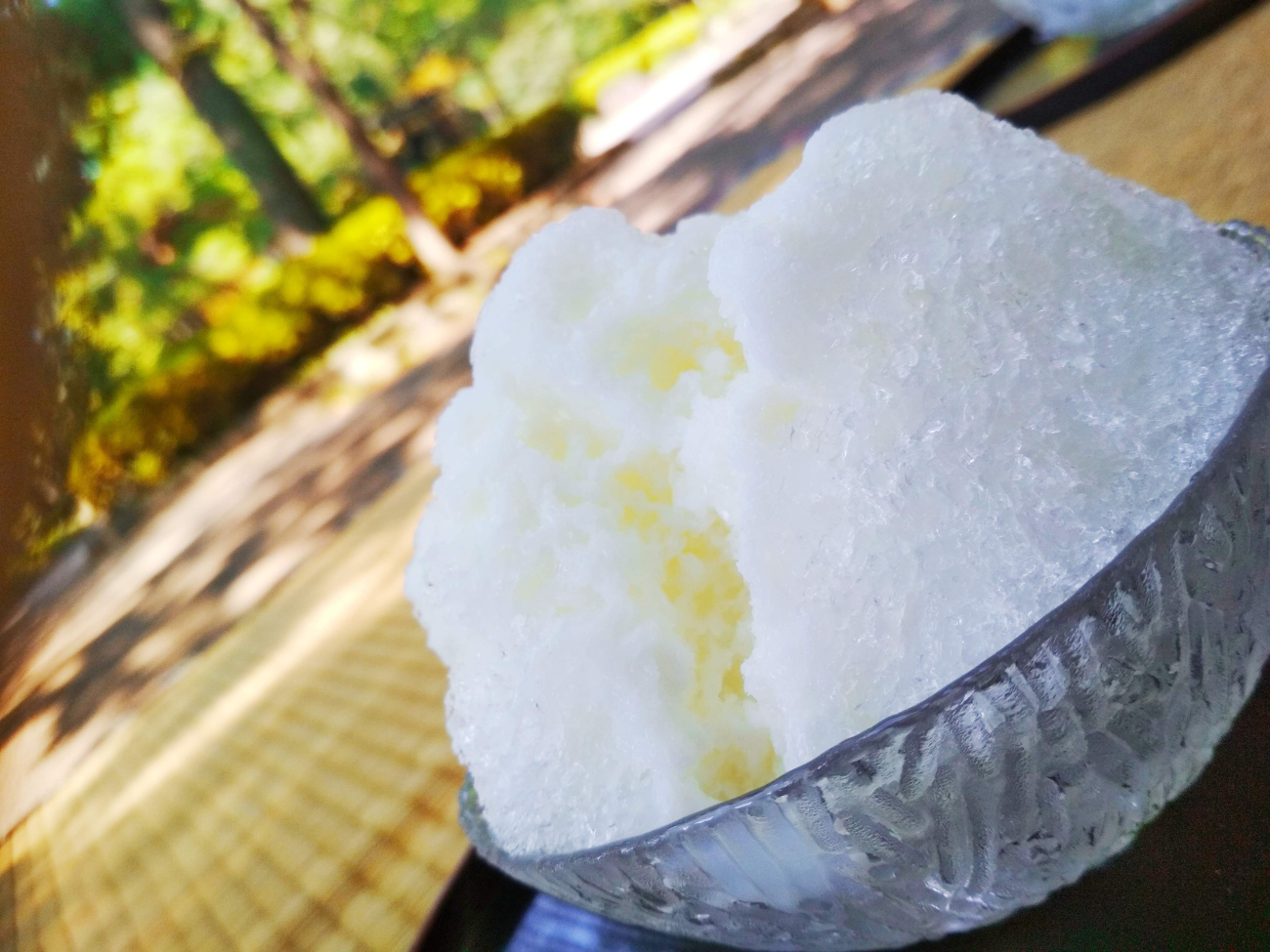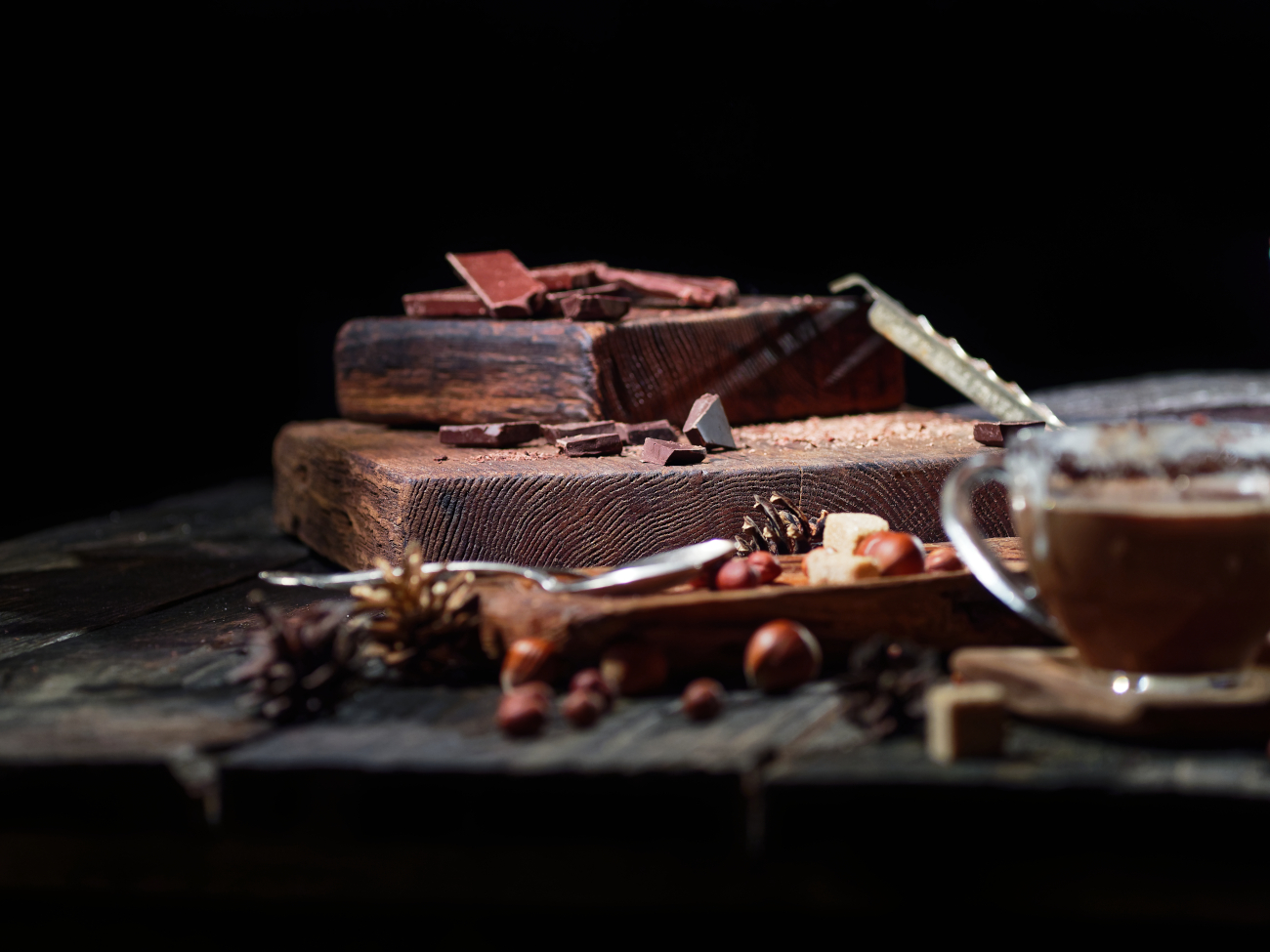Icy, creamy, and with a touch of sweetness, frappes have graced the menu boards for such a long time, that they’ve become as normal as a latte or espresso! Many think that frappes are the crazy brainchild of famous coffee companies, but the frosty combination of ingredients is much older than you think. And while the word frappe had been around, it described a sweetened iced chocolate drink and not the blended crushed ice coffee confection we’re familiar with today. So with all of the semantics put aside, just who exactly took a leap of faith to crush ice and eat it in a drink?

The Earl of Sandwich is connected with the beloved hand-held meal, but his great-grandfather Edward Montague, the first Earl of Sandwich, is said to have popularized the now internationally popular frozen drink.

Eating ice with sweetened syrups wasn’t a new concept. As early as 400 BCE, Persians gathered ice off of mountains and prepared sharbat (the precursor to the modern-day sherbet). The Spanish and Italians were already using ice. Rich elites of these nations had servants gather it from mountains, store it in wooden pits, and mixed with alcohol to combat humid weather. By the late 1690s, chocolate had hit England, but the famous sweet ice drink was still far on the horizon.

During Earl’s time, chocolate was only just coming to England. Yet, when he went to Spain, where he served as an ambassador, he encountered a country flush with New World ingredients. By then, Spain had ample chocolate, and drinking it was more well-known (even if it was still for the wealthy). He probably saw ice also used during lavish upper-crust events and thought that pairing chocolate and ice would be a no-brainer partnering.

Many feared the effects of eating ice, especially when water wasn’t safe to drink. When frozen, it was considered worse. Ice was feared to damage the heart, lungs, and throat. It wasn’t just the ice that was considered dangerous. Back then, the consensus was that chocolate caused hemorrhoids, excess mucus, and insomnia. Even with these warning signs the Earl of Sandwich wasn’t perturbed, and he went upon replicating an icy decadent concoction. While ice and fruits and syrups were, by his time, widespread, chocolate and ice were not a common duo. Sure, there was coffee and ice near Greece and Cyprus, but chocolate? The New World substance was never used with Old World wealthy techniques.
While frappe is a more modern term for the drink, the Earl recorded the cold treat as curdled ice (okay, not so appealing, but the name was a work in progress). The recipe was simple — prepare hot chocolate, and once cool, mix it with salt and fresh snow ice — but this was far from easy. This first drink was a blend of ultra-rich products — ice, spices (like chilis and pepper), and chocolate — completely restricted and limited to most spheres of society. Simply put, the Earl’s drink was not for the common man. In London, a mere cup of hot chocolate cost two to three pence, which was a man’s entire daily wage for a day. Adding in ice probably made the drink out of reach completely.

So why is the Earl of Sandwich’s recipe so innovative? He was one of the few people to add salt to the ice. This addition lowered the temperature of the ice further, allowing the chocolate to crystallize and harden. Without the salt, you’d have a watery chocolate soup. While the curdled ice was far from the sweet drinks we love today, its texture was its main selling feature. The expanded crystalized ice dissolved on the tongue, cooling the body down. This drink was probably quite needed (given the clothing of the era). While he wasn’t the first person to utilize this technique, he expanded people’s knowledge in England, which was a very influential, expanding country. The Earl of Sandwich’s usage paved the road for further cold-treat productions like dairy-based ice cream.
If he had access to refined sugar like we do today, the cold slushy ice chocolate drink would’ve tasted better (and certainly less bitter). But it was all in due time. Post WWII, Americans were exposed to European treats, and many saw a new way to get a swig of energy and refreshment. Americans turned to adding sugar to balance the heavy and bitter notes of coffee and chocolate.
Do you like frappes? Think you’d try the original version of frappes?













